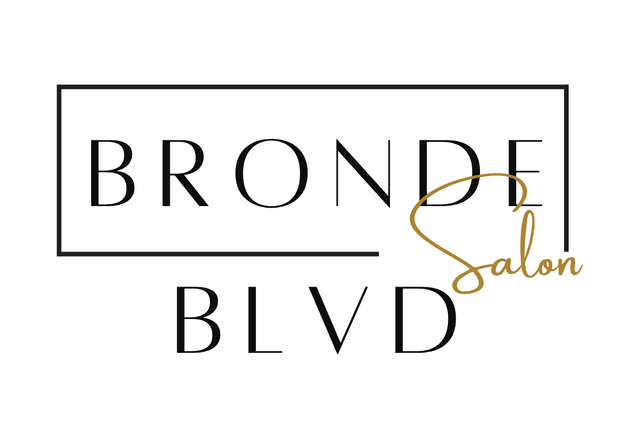How to Prevent Hair Breakage Tips and Tricks

Are you tired of dealing with brittle, broken hair? Hair breakage can be a frustrating challenge, but understanding the causes and implementing effective solutions can make all the difference. This guide will walk you through everything you need to know about preventing hair breakage, from selecting the right products to protecting your hair from environmental damage. Let’s get started on your journey to healthier, stronger hair!
Understanding Hair Breakage
Hair breakage is a common issue that many people confuse with hair loss. While hair loss refers to strands falling out from the root, breakage occurs when the hair shaft splits or breaks. This results in shorter, uneven strands that can make your hair appear thin and unhealthy.
Common Causes of Hair Breakage
Hair breakage can stem from various factors, including:
- Heat Damage: Excessive use of styling tools like flat irons, curling wands, and blow dryers can weaken the hair shaft, leading to breakage.
- Over-Styling: Frequent brushing, tight hairstyles, and chemical treatments such as coloring and perming can strain and damage hair.
- Improper Hair Care: Using the wrong hair products or neglecting regular trims can result in unhealthy hair that’s prone to breakage.
- Environmental Factors: Sun exposure, wind, and pollution can dry out hair and make it more susceptible to breaking.
Understanding these causes is the first step to addressing and preventing hair breakage.
The Right Hair Products
Choosing the right hair products is crucial for maintaining healthy hair and preventing breakage. Here’s how to ensure you’re using the best products for your hair type.
Selecting Shampoos and Conditioners
Not all shampoos and conditioners are created equal. For those prone to hair breakage, it’s essential to choose products that provide nourishment and hydration without harsh ingredients.
- Hydrating Shampoos: Look for shampoos that contain ingredients like argan oil, coconut oil, and shea butter. These help moisturize and strengthen the hair shaft.
- Conditioners for Strength: Opt for conditioners with proteins like keratin and collagen, which can fortify and repair damaged hair.
Reading Labels
It’s essential to become a label reader. Avoid products with sulfates, alcohols, and parabens, as these can strip hair of its natural oils and lead to dryness and breakage.
Diet and Hair Health
What you eat plays a significant role in the health of your hair. A balanced diet rich in vitamins and minerals can promote hair strength and growth.

Nutritional Powerhouses for Hair
- Protein-Rich Foods: Hair is primarily made of protein, so ensure you’re getting enough from sources like lean meats, eggs, and legumes.
- Vitamins A and C: These vitamins, found in fruits and vegetables like carrots, spinach, and citrus fruits, help produce sebum, which conditions the scalp.
- Omega-3 Fatty Acids: Found in fish, flaxseeds, and walnuts, omega-3s keep hair hydrated and prevent it from becoming brittle.
Incorporating these foods into your diet can make a noticeable difference in your hair’s strength and resilience.
Styling and Heat Protection
Styling your hair doesn’t have to mean sacrificing its health. With the right techniques and products, you can keep your hair looking fabulous without causing breakage.
Minimizing Heat Damage
When it comes to heat styling:
- Lower Heat Settings: Always use the lowest heat setting that gets the job done. High temperatures can cause irreversible damage to your hair.
- Heat Protectant Sprays: Before using any heat styling tools, apply a heat protectant spray to create a barrier between your hair and the heat source.
Protective Styles and Accessories
Consider incorporating protective styles into your routine. Braids, buns, and twists can minimize daily wear and tear. Additionally, use accessories like silk hair ties and satin pillowcases to reduce friction and prevent breakage.
Environmental Damage and Protection
Your hair is exposed to various environmental factors daily, which can contribute to breakage. Taking steps to protect your hair can help maintain its health and strength.
Shielding Your Hair from the Elements
- Sun Protection: Just like your skin, your hair can suffer from UV damage. Use hair products that offer UV protection or wear a hat when outside for extended periods.
- Wind and Pollution: Wind can tangle and break hair, while pollution can weaken it. Wearing a scarf or a hat can provide a physical barrier against these elements.
Practical Examples and Illustrations
To better understand how to implement these tips, let’s look at some real-life scenarios and helpful illustrations.

Real-Life Scenario
Imagine you’re getting ready for a day out. Instead of reaching for your usual high-heat curling iron, you opt for a heat-free styling method, such as using foam rollers overnight. You also spritz on a UV-protective leave-in conditioner before heading out the door. These small changes can significantly reduce hair breakage over time.
Visual Aids
Visual aids, such as diagrams showing the correct way to apply hair products or infographics on nutrient-rich foods, can further enhance your understanding and application of these tips. (Note: Include relevant images and diagrams in the actual blog post).
Final Tips and Conclusion
Preventing hair breakage involves a holistic approach that includes proper hair care, nutrition, and protection from damaging elements. Here are some final tips to keep in mind:
- Regular Trims: Keep your hair healthy by getting regular trims to remove split ends.
- Deep Conditioning Treatments: Incorporate deep conditioning treatments into your routine to provide extra hydration and strength.
- Gentle Handling: Treat your hair gently, especially when it’s wet, to prevent unnecessary breakage.
By following these tips and making mindful choices, you can enjoy stronger, healthier hair.
Take care of your hair, and it will take care of you! For more personalized tips and recommendations, connect with our community and share your experiences. We look forward to hearing from you!
